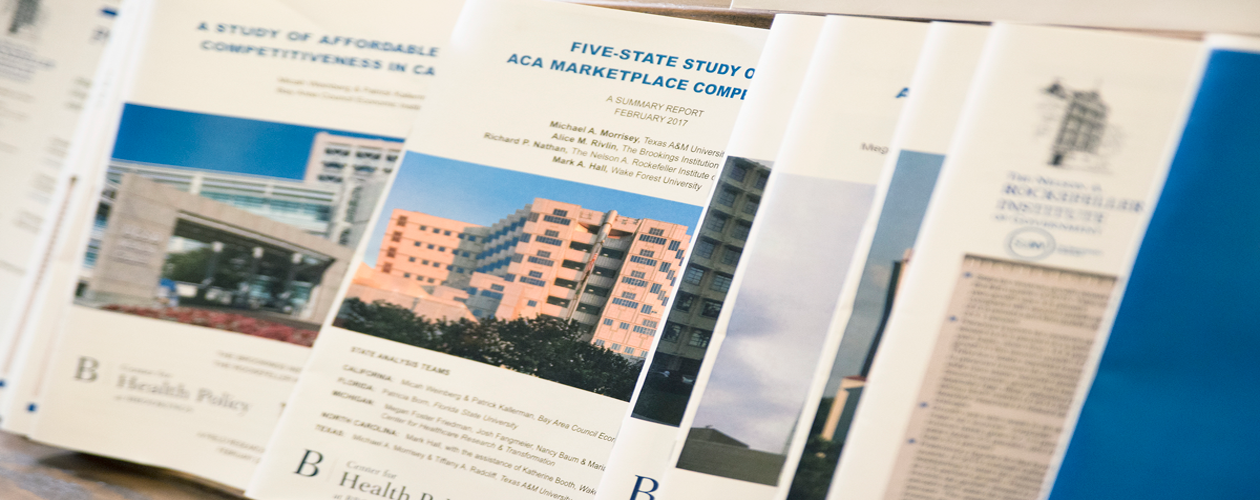State Tax Revenues Declined in 19 States, Leaving Fiscal Holes to Fill in State Budgets
Albany, NY —Today, the Rockefeller Institute of Government released a report finding that state and local government tax revenues continue to grow at an extremely slow pace. Specifically, the report finds that:
- State and local government revenue from major taxes increased 2.3 percent in the fourth quarter of 2016 compared to a year earlier, which is slightly slower than the 2.5 percent average growth for the four previous quarters.
- Local governments as a group rely heavily on property taxes, which are relatively stable but weakened somewhat in the fourth quarter, growing by 4.0 percent, compared with a 5.1 percent average in the prior four quarters.
- Total state government tax revenue from all sources grew 1.4 percent. This continues the weakness seen in recent quarters. It is slower than the 1.8 percent growth of the third quarter, and is slightly negative after adjusting for inflation.
The weakness was the result of soft growth in personal income taxes and modest growth in state sales tax revenue collections. All major state tax revenue sources grew, except the corporate income tax, which declined 2.5 percent. Individual income tax collections grew 0.3 percent, while sales tax and motor fuel tax collections grew 1.7 and 0.9 percent, respectively. Total state tax revenues declined in 19 states in the fourth quarter of 2016. Preliminary data for the first quarter of 2017 suggest that over a dozen states had declines in total state tax collections. Furthermore, preliminary data about April tax returns indicate significant declines in estimated payments and final returns. Many state budgets for 2017 will have some financial holes to fill. The states’ overall fiscal outlook remains bleak because of uncertainty about the potential changes in federal tax policy, as well as potential cuts in federal aid to the states proposed by the Trump administration. States have been forecasting weak revenue growth for fiscal 2017 and fiscal 2018, with several already reducing their revenue forecasts in the post-election period—with potential for further reductions in the near future. State tax revenue growth is likely to remain slow and highly uncertain throughout the remainder of fiscal year 2017 and in the forthcoming fiscal year 2018. The report was authored by Senior Research Scientist Lucy Dadayan and Fiscal Studies Director Don Boyd.

